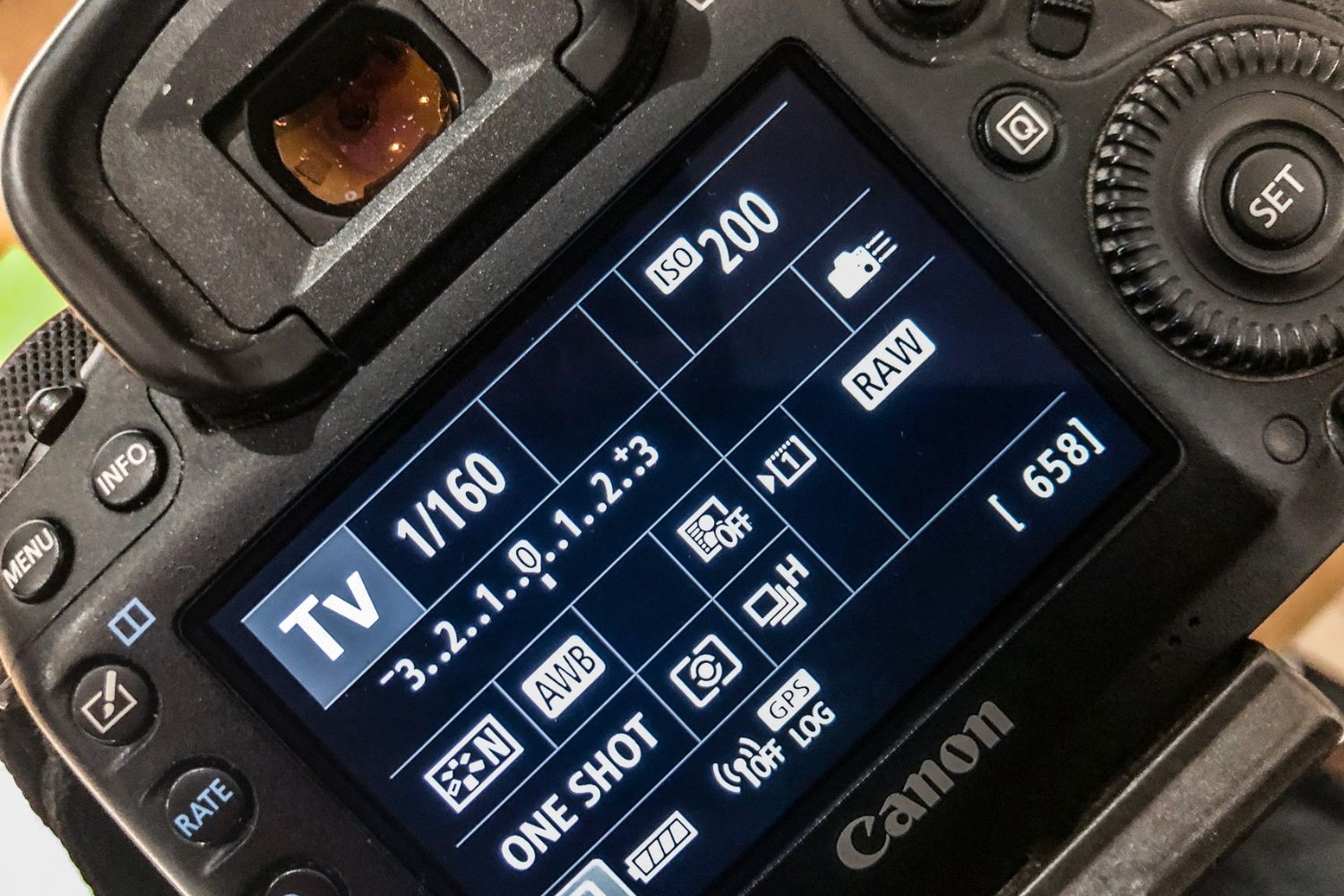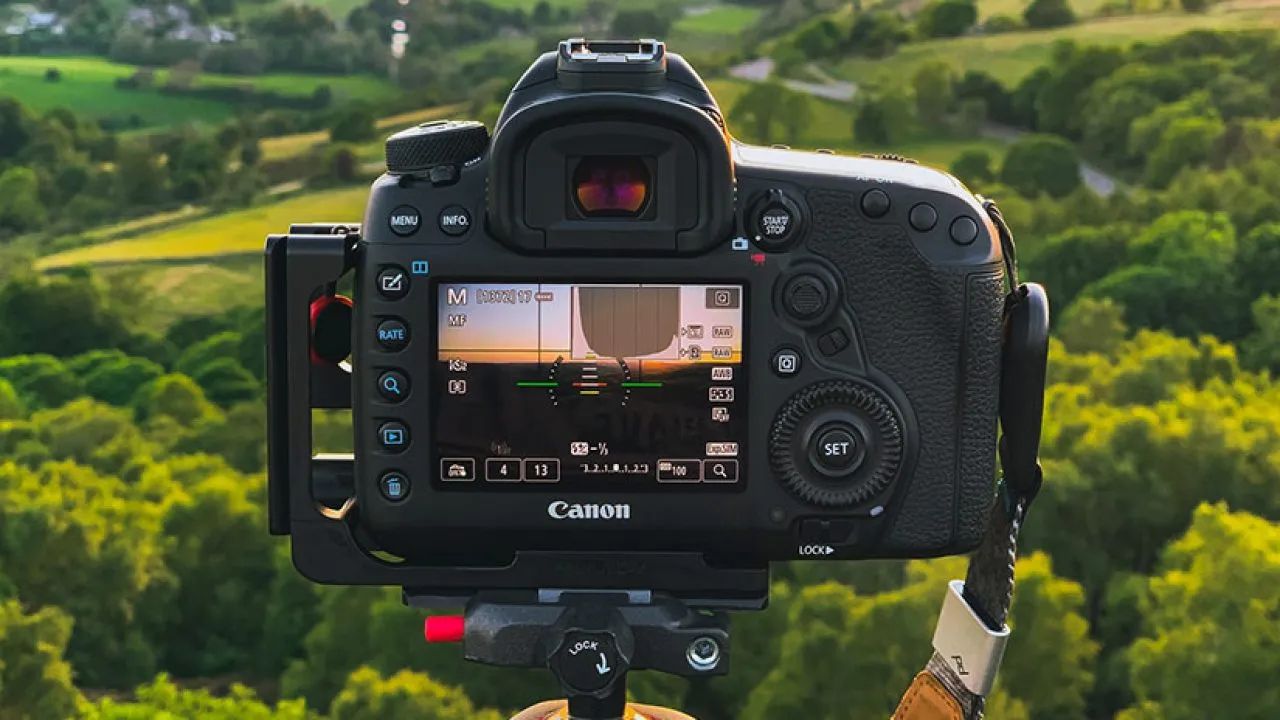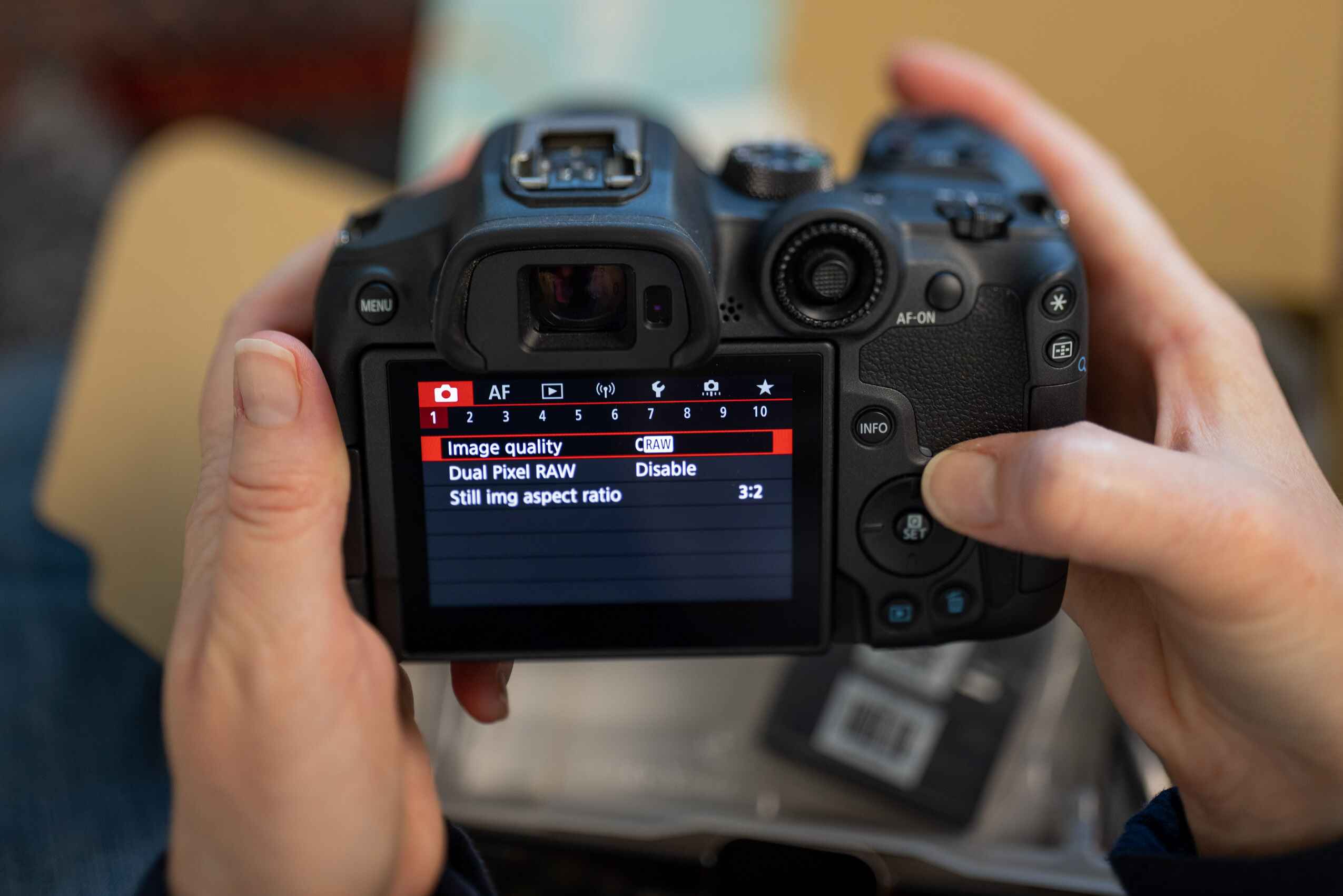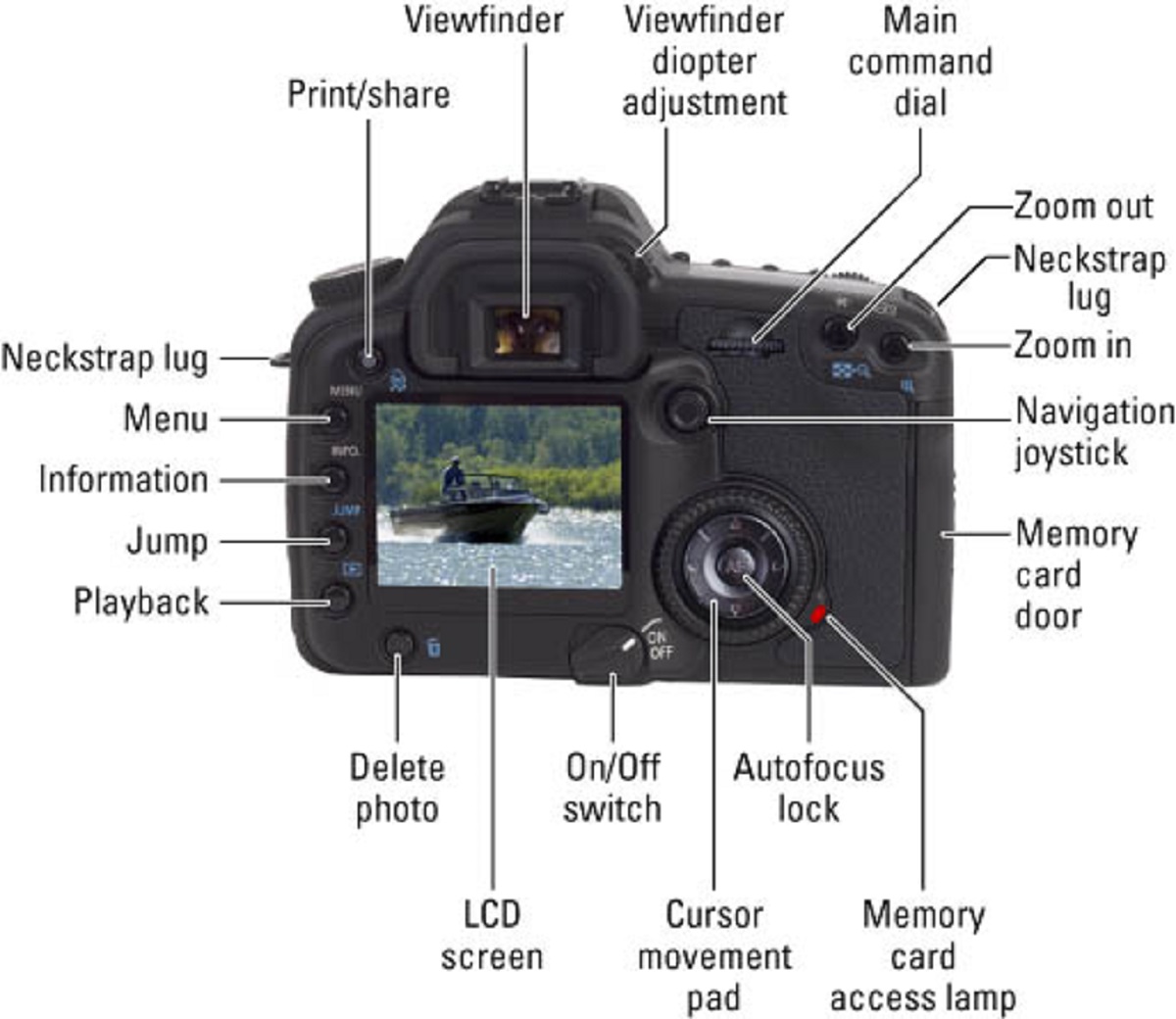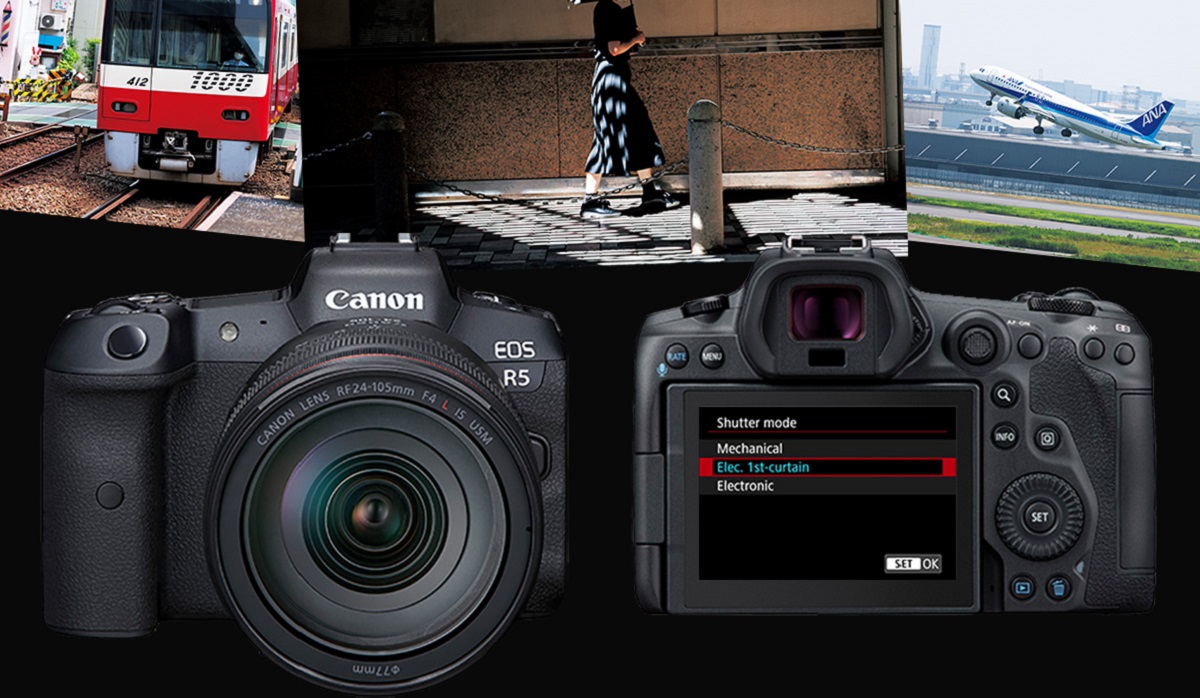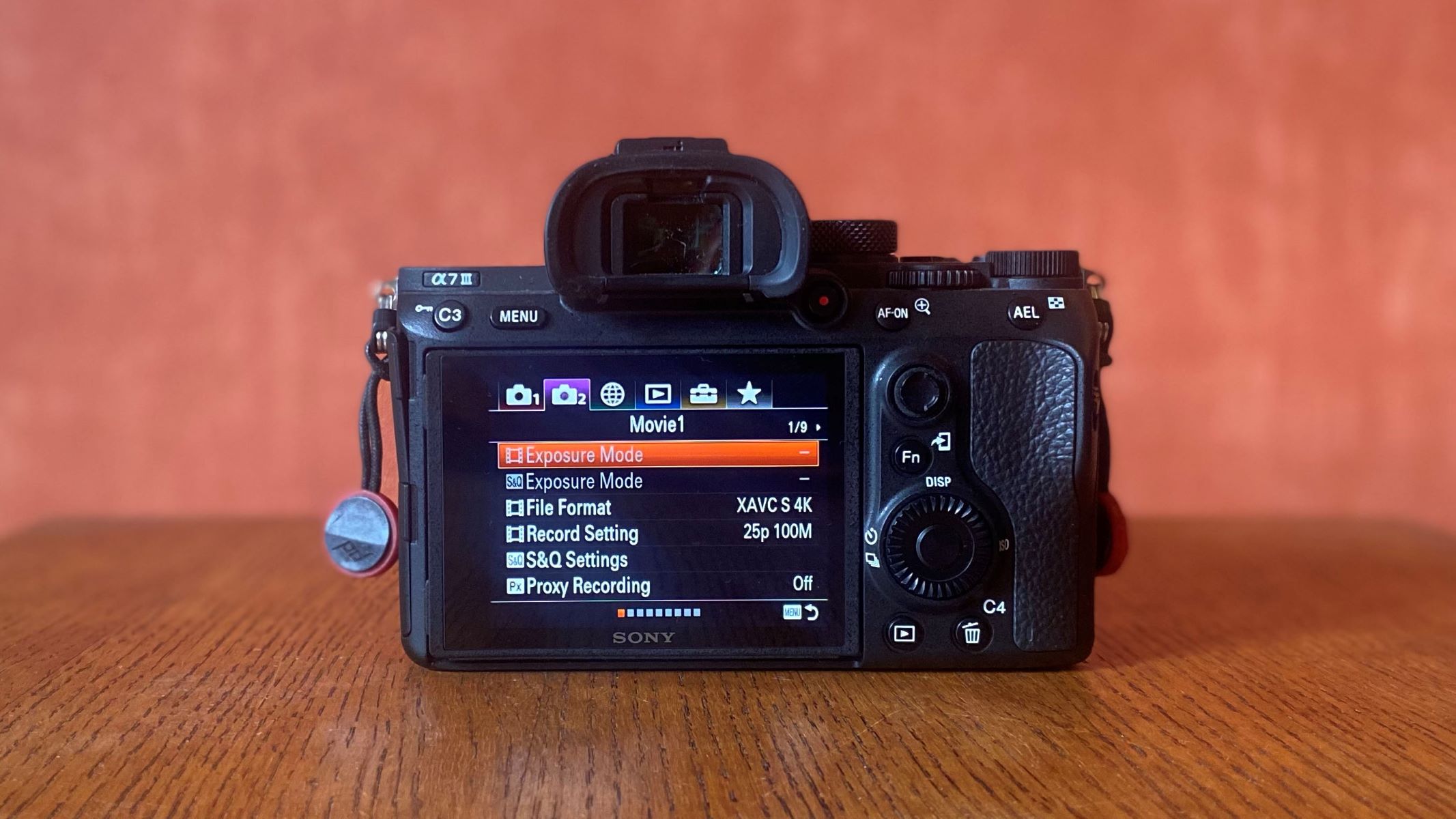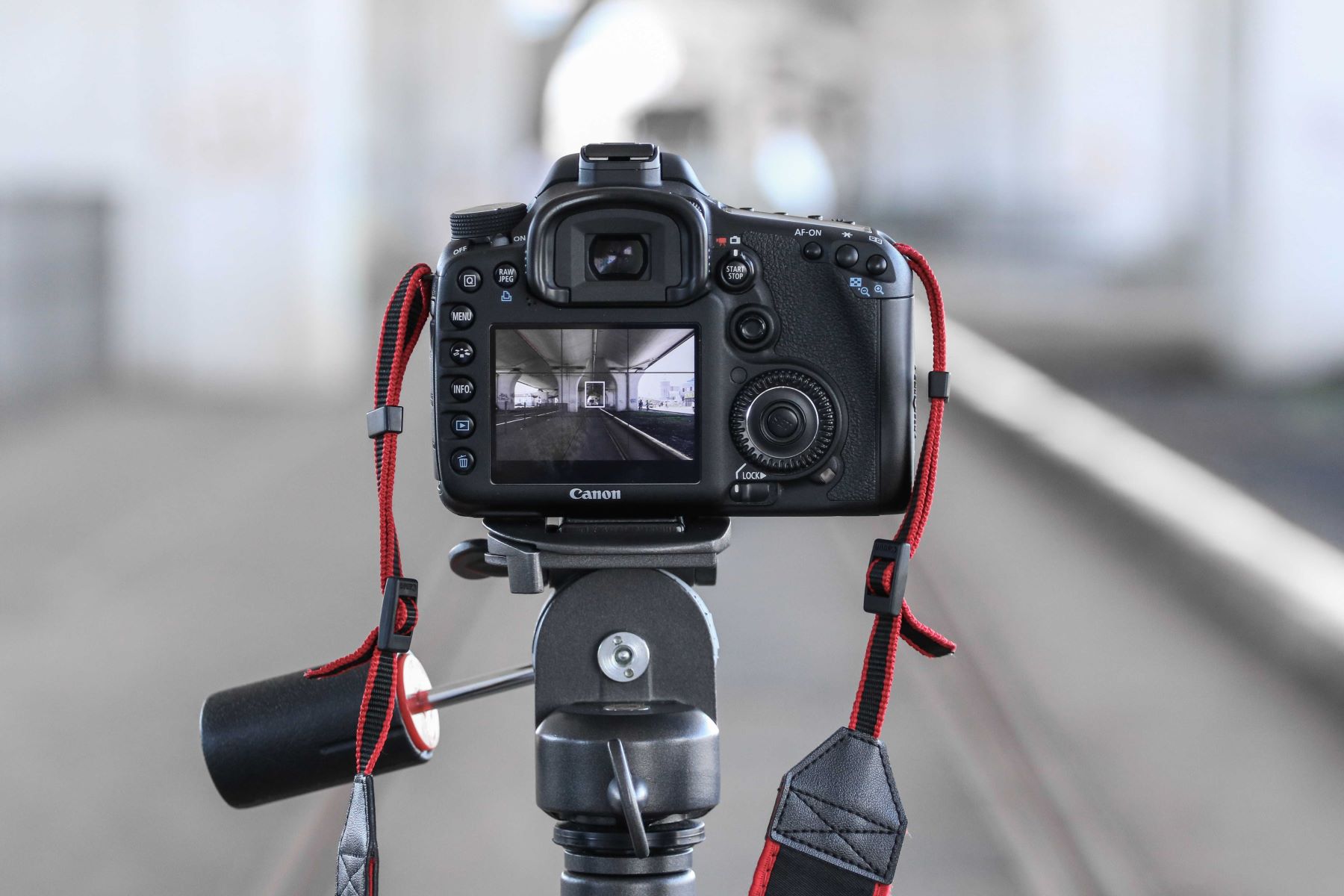Introduction
Understanding the intricacies of photography is akin to unlocking a world of creativity and visual storytelling. One of the fundamental elements that contribute to capturing stunning images is shutter speed. Whether you are a novice photographer or a seasoned professional, comprehending the concept of shutter speed on a DSLR camera is essential for achieving remarkable results.
Shutter speed refers to the amount of time the camera's shutter remains open to allow light to reach the camera's sensor. This crucial aspect of photography plays a pivotal role in determining how motion is captured in an image, making it a cornerstone of the photographic process.
In this comprehensive guide, we will delve into the nuances of shutter speed, exploring its significance, impact on photography, and how it can be harnessed to elevate the quality of your images. Additionally, we will unravel the various shutter speed settings available on a DSLR camera and provide valuable tips for harnessing this element effectively.
By the end of this exploration, you will have a deeper understanding of shutter speed and be equipped with the knowledge to harness its potential to create captivating and visually striking photographs. So, let's embark on this enlightening journey into the realm of shutter speed and its profound impact on the art of photography.
Understanding Shutter Speed
Shutter speed is a fundamental concept in photography that directly influences the exposure and visual outcome of an image. It is defined as the duration for which the camera’s shutter remains open to allow light to reach the sensor. Measured in seconds or fractions of a second, shutter speed plays a crucial role in controlling the amount of light that enters the camera, thereby affecting the brightness and clarity of the photograph.
Understanding the numerical values associated with shutter speed is essential for mastering this aspect of photography. Common shutter speed settings range from as fast as 1/4000 of a second to as slow as 30 seconds, with each setting serving a specific purpose in capturing images. Additionally, some cameras offer a “bulb” mode, allowing the shutter to remain open for an extended duration, often used in low-light or long-exposure photography.
Photographers often encounter terms such as “fast” and “slow” shutter speed. A fast shutter speed, such as 1/1000 of a second or faster, is ideal for freezing fast-moving subjects, such as sports events or wildlife in action, without motion blur. On the other hand, a slow shutter speed, such as 1/30 of a second or slower, is employed to capture motion blur, create light trails, or convey a sense of movement in the image.
Furthermore, understanding the reciprocal relationship between shutter speed and aperture is crucial. While shutter speed controls the duration of light exposure, aperture regulates the amount of light entering the camera. Balancing these two elements is essential for achieving optimal exposure and desired visual effects in a photograph.
By comprehending the significance of shutter speed and its interplay with other exposure settings, photographers can effectively manipulate this aspect to convey motion, capture dynamic scenes, and achieve exceptional image quality. This foundational knowledge forms the bedrock for harnessing the potential of shutter speed in the realm of photography.
Importance of Shutter Speed
Shutter speed holds immense significance in photography, as it not only influences the exposure of an image but also serves as a powerful tool for creative expression. Understanding the importance of shutter speed is paramount for photographers seeking to capture compelling and visually engaging photographs.
First and foremost, shutter speed plays a pivotal role in controlling the exposure of an image. By adjusting the duration for which the shutter remains open, photographers can regulate the amount of light that reaches the camera’s sensor. This control over light intake is essential for achieving proper exposure, especially in varying lighting conditions. Whether shooting in bright daylight or dimly lit environments, mastering shutter speed empowers photographers to maintain optimal exposure levels, resulting in well-balanced and visually appealing images.
Beyond its role in exposure, shutter speed is instrumental in capturing motion in photography. The ability to freeze fast-moving subjects or convey a sense of motion through intentional blur adds a dynamic dimension to images. Fast shutter speeds are ideal for freezing action, making them indispensable for sports, wildlife, and event photography. Conversely, slow shutter speeds enable the depiction of motion blur, lending a sense of fluidity and movement to the captured scene, thereby enhancing the visual narrative within the photograph.
Moreover, shutter speed directly impacts the overall sharpness and clarity of an image. When shooting handheld or capturing subjects in motion, the chosen shutter speed can mitigate the effects of camera shake, ensuring crisp, focused images. This aspect is particularly crucial in low-light conditions or when using telephoto lenses, where even slight movements can compromise image sharpness.
Furthermore, the creative potential of shutter speed allows photographers to experiment with long exposures to capture light trails, create artistic effects, and convey a sense of time and movement in their images. This artistic versatility empowers photographers to infuse their work with a unique and captivating visual allure.
By recognizing the multifaceted importance of shutter speed, photographers can harness this element to not only achieve technical precision in exposure and sharpness but also to imbue their images with narrative depth, emotion, and artistic flair.
How Shutter Speed Affects Your Photos
Shutter speed serves as a powerful determinant of the visual outcome of a photograph, exerting a profound influence on various aspects of the captured image. Understanding how shutter speed affects photos is pivotal for photographers aiming to imbue their work with creativity, impact, and technical precision.
One of the primary ways in which shutter speed impacts photos is by controlling the depiction of motion. The choice of a fast shutter speed allows photographers to freeze fast-moving subjects in sharp detail, capturing fleeting moments with precision. This is particularly advantageous in sports photography, where the ability to freeze action enhances the dynamism and intensity of the captured scenes. Conversely, a slow shutter speed introduces motion blur, imparting a sense of movement and fluidity to the image. This effect can be utilized to convey the graceful motion of flowing water, the streaking lights of traffic at night, or the ethereal movement of dancers, adding a captivating and artistic dimension to the photograph.
Furthermore, shutter speed directly influences the exposure of a photograph. A faster shutter speed restricts the duration of light exposure, resulting in a darker image, while a slower shutter speed allows for a longer exposure, resulting in a brighter image. This control over exposure is pivotal for achieving the desired tonal range and brightness in the final photograph, especially in challenging lighting conditions.
The chosen shutter speed also affects the overall sharpness and clarity of the image. In situations where camera shake is a concern, such as handheld shooting or capturing fast-moving subjects, a faster shutter speed helps mitigate the impact of motion, resulting in sharper, more focused images. Conversely, a slower shutter speed may necessitate the use of a tripod to maintain image stability and prevent blurring caused by unintentional camera movement during longer exposures.
Moreover, the creative potential of shutter speed enables photographers to experiment with long exposures to capture light trails, star trails, or other captivating effects that convey a sense of time and movement. This artistic application of shutter speed allows photographers to infuse their work with a unique and visually compelling allure, expanding the creative boundaries of their photographic expression.
By comprehending the diverse ways in which shutter speed affects photos, photographers can leverage this fundamental element to imbue their images with impact, emotion, and artistic depth, thereby elevating the visual storytelling potential of their work.
Shutter Speed Settings on a DSLR Camera
Modern DSLR cameras offer a wide range of shutter speed settings, providing photographers with the flexibility to precisely control the exposure and motion capture in their images. Understanding the available shutter speed settings and their practical applications is essential for harnessing the full potential of a DSLR camera’s capabilities.
Shutter speed settings on a DSLR camera typically range from as fast as 1/4000 of a second to as slow as 30 seconds, with the option for a “bulb” mode that allows the shutter to remain open for an extended duration, often useful for long-exposure photography. Additionally, some cameras may feature a “T” or “Time” mode, which requires one press of the shutter button to open the shutter and another to close it, providing precise control over the duration of the exposure.
When shooting in auto or program mode, DSLR cameras automatically adjust the shutter speed based on the scene’s lighting conditions and the camera’s metering system. However, for photographers seeking greater creative control, manual mode allows for the direct adjustment of shutter speed to achieve specific visual effects and exposure levels. Shutter priority mode, denoted as “Tv” or “S” on camera dials, enables photographers to select the desired shutter speed while the camera automatically adjusts the aperture to maintain proper exposure.
Fast shutter speeds, such as 1/1000 of a second or faster, are well-suited for freezing fast-moving subjects, capturing crisp details in action-packed scenes, and ensuring optimal exposure in bright lighting conditions. These settings are commonly employed in sports photography, wildlife photography, and situations where motion needs to be arrested with precision.
Conversely, slow shutter speeds, such as 1/30 of a second or slower, are ideal for capturing motion blur, long-exposure effects, and conveying a sense of movement in the image. These settings are valuable for creating artistic interpretations of scenes, such as light trails in urban nightscapes, silky smooth waterfalls, or the graceful motion of swaying foliage in the wind.
Understanding the diverse shutter speed settings on a DSLR camera empowers photographers to adapt to varying shooting conditions, creatively manipulate motion in their images, and achieve precise control over exposure levels. By leveraging these settings effectively, photographers can capture visually compelling and technically precise images that convey their artistic vision with clarity and impact.
Tips for Using Shutter Speed Effectively
Mastering the effective use of shutter speed is essential for photographers aiming to capture compelling and visually engaging images. By understanding the nuances of shutter speed and implementing strategic techniques, photographers can harness this fundamental element to achieve remarkable results. Here are valuable tips for using shutter speed effectively:
- Understand the Relationship with Motion: Familiarize yourself with the impact of shutter speed on motion. Experiment with different shutter speeds to freeze fast-moving subjects or convey motion blur, adjusting the settings to suit the dynamic nature of the scene you are capturing.
- Stabilize Your Camera: When shooting at slower shutter speeds, use a tripod or stable surface to prevent camera shake, ensuring sharpness and clarity in your images. This is particularly crucial for long-exposure photography and low-light conditions.
- Utilize Shutter Priority Mode: Explore the benefits of using shutter priority mode on your DSLR camera. This mode allows you to set the desired shutter speed while the camera automatically adjusts the aperture to maintain proper exposure, offering a convenient way to control motion in your images.
- Experiment with Long Exposures: Embrace the creative possibilities of long exposures. Use slow shutter speeds to capture light trails, star trails, or other captivating effects that convey a sense of movement and time, adding a unique dimension to your photography.
- Consider the Lighting Conditions: Adapt your shutter speed to the prevailing lighting conditions. In bright environments, faster shutter speeds may be necessary to prevent overexposure, while in low-light settings, slower shutter speeds can help achieve proper exposure and creative effects.
- Capture Dynamic Action: For scenes with dynamic movement, such as sports events or wildlife in motion, opt for faster shutter speeds to freeze action and preserve intricate details, ensuring that the energy and intensity of the moment are vividly captured.
- Embrace Motion Blur Creatively: Use intentional motion blur to convey a sense of movement and fluidity in your images. Experiment with slower shutter speeds to impart an artistic and expressive quality to scenes that involve graceful motion or dynamic activity.
- Practice and Refine Your Technique: Continuously practice and refine your understanding of shutter speed. Experiment with different settings, analyze the results, and adapt your approach based on the visual impact you intend to achieve, honing your skills with each photographic endeavor.
By incorporating these tips into your photographic practice, you can effectively leverage shutter speed to capture images that are visually captivating, technically precise, and rich with creative expression. Embrace the versatility of shutter speed as a tool for storytelling and artistic interpretation, and let it elevate the impact of your photography.
Conclusion
As we conclude this exploration into the realm of shutter speed on a DSLR camera, it becomes evident that this fundamental aspect of photography holds profound significance in shaping the visual narrative and technical precision of images. From controlling exposure to capturing motion and conveying artistic expression, shutter speed stands as a versatile and indispensable tool for photographers seeking to elevate the impact and creativity of their work.
By comprehending the intricacies of shutter speed and its interplay with other exposure settings, photographers can harness this element to convey dynamic action with precision, freeze fleeting moments in sharp detail, and infuse their images with a sense of movement and fluidity. The diverse shutter speed settings available on DSLR cameras provide photographers with the flexibility to adapt to varying shooting conditions, creatively manipulate motion, and achieve precise control over exposure levels, thereby expanding the expressive potential of their photography.
Furthermore, through the effective use of shutter speed and strategic techniques, photographers can capture visually compelling images that resonate with impact, emotion, and narrative depth. Whether freezing action with fast shutter speeds, embracing intentional motion blur, or experimenting with long exposures, the mastery of shutter speed empowers photographers to imbue their work with a unique and captivating visual allure.
As you embark on your photographic endeavors, remember that the effective use of shutter speed is not merely a technical endeavor but a creative journey that unfolds with each press of the shutter. Embrace the versatility of shutter speed as a tool for storytelling and artistic interpretation, continuously honing your skills and refining your approach to capture images that are visually captivating, technically precise, and rich with creative expression.
May this insightful exploration into the realm of shutter speed serve as a guiding light in your photographic pursuits, empowering you to harness the potential of this fundamental element to create images that resonate with enduring impact and artistic depth.







